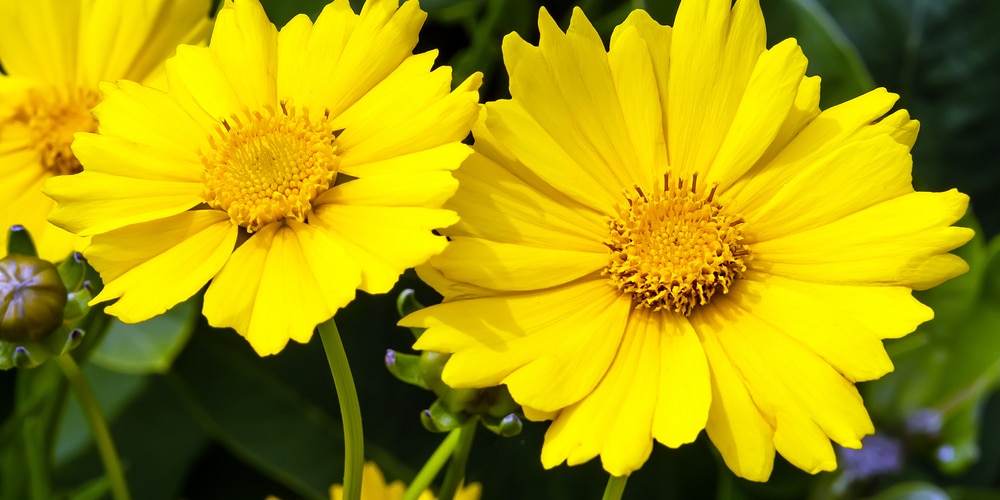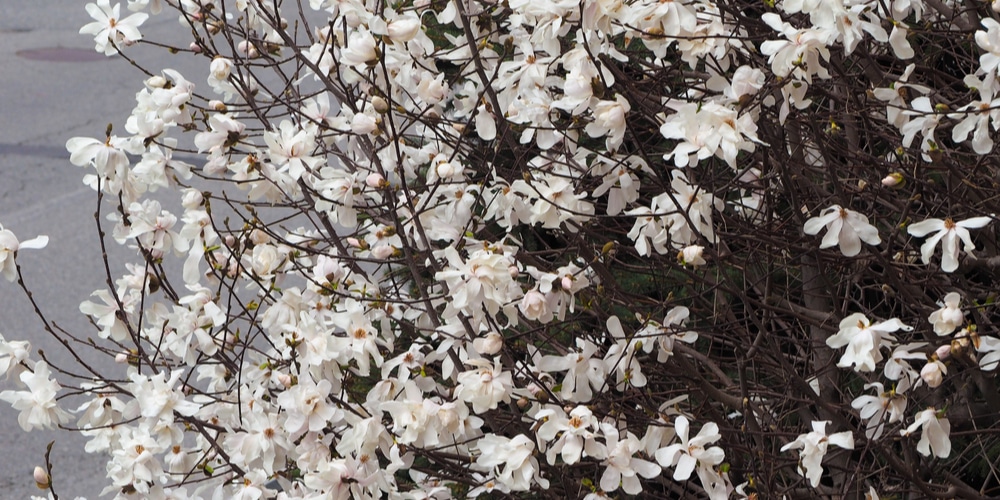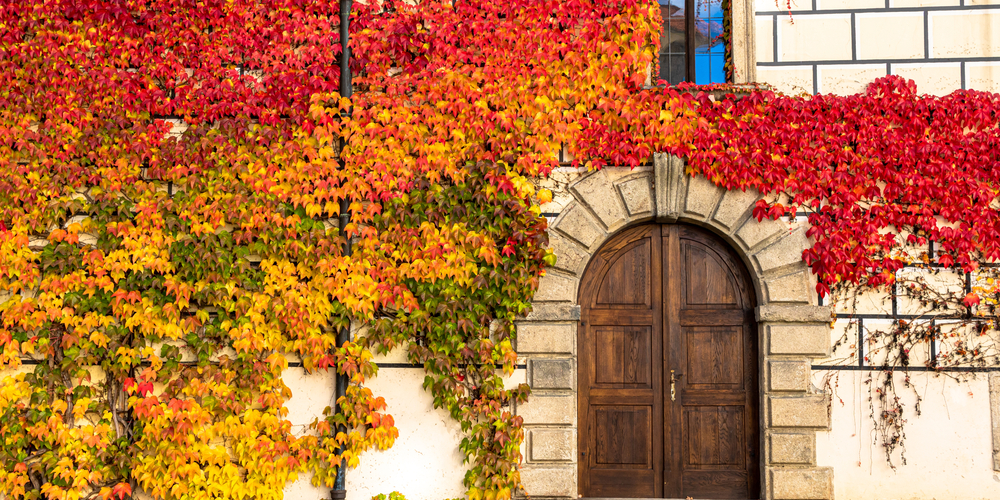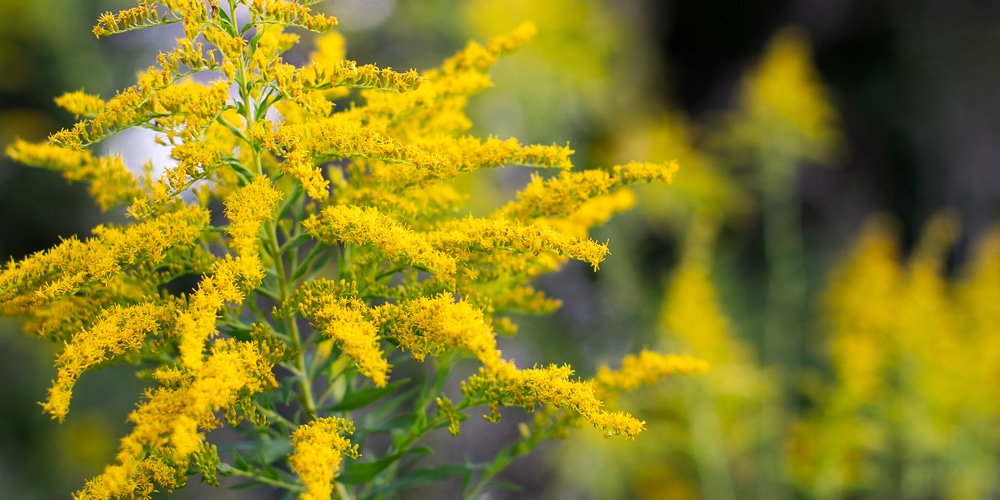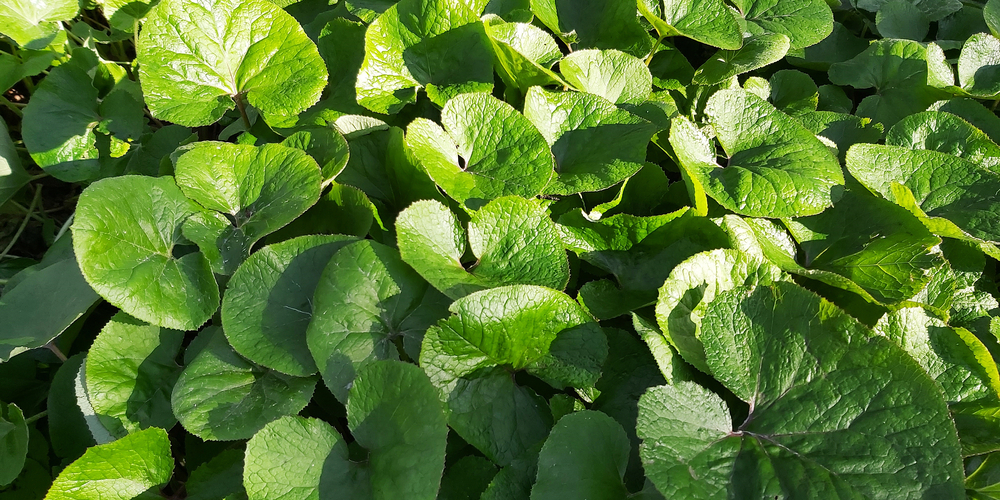Shade landscaping in Virginia is certainly possible, and the kicker is that you can use native plants to achieve a natural effect. Here are 8 Virginia native shade plants for landscaping.
Virginia native shade plants for landscaping
Consider adding the following plants to your yard.
Lanceleaf Tickseed
Lanceleaf Tickseed is a true native that’s also a member of the aster family. It starts out as a small clump then spreads to cover an area or container with little to no problems.
Stems branch at the base, and appearing at the end are flower heads that somewhat appear like chrysanthemums and sunflowers.
The bright yellow color is a nice touch to liven up a shade area. Plus, the plant can survive a missed watering or two and multiplies on its own.
Blackeyed Susan
Another cheerful plant that’s sure to thrive in dry shaded landscape, Rudbeckia Hirta is considered a wildflower that sprouts wide leaves in a vine-like pattern. Then, during summer months it produces disks of yellow-petaled blooms with a black center (hence the name).
Blackeyed Susan loves regular watering but can live in several days of drought. You can leave the seeds to the birds or cut the flowers and bring them inside. It also attracts butterflies and birds to your yard or garden.
Coralberry
Coralberry is from the honeysuckle family and has several other names, including Buckbrush and Indian Currant. The perennial shrub grows well in nearly all Virginia climates and can reach up to 6 feet tall if healthy.
A popular plant that makes any landscape look green and lush, Coralberry has a unique surprise- it forms berries that attract various wildlife, including songbirds and small mammals. However, it requires constant pruning and cuts to keep it manageable.
Sweetbay Magnolia
If you want something big and showy in your Virginia yard then the Sweetbay Magnolia is a must. Everything about it, including the shape, foliage and flowers are very attractive and make for wonderful conversation with guests and friends.
Sweetbay Magnolia thrives in urban areas and corridors. It’s worth noting that the tree requires a constantly moist soil, which means you should observe regular watering and consider adding mulch to keep the medium from drying out. Also, put in a general-purpose fertilizer in its early years.
Wild Hydrangea

Wild hydrangea is often called smooth hydrangea and is considered a medium to small shrub. You’ll want to put them in light shade and in rich, organic soil with plenty of water to keep it healthy and well.
Hydrangeas are prized for their ‘flowers’, which appear in cloud-like clusters and spring up in summer. The buds are initially mint green, then slowly turn white as it ages and finally, to brown. Gardeners will love the fact that it’s very adaptable to a wide range of conditions and grows rather quickly.
Virginia Creeper
A very forgiving plant that rewards its owners with a profusion of color, Virginia Creeper thrives in virtually any condition, including partial sun or shade and medium. It can tolerate a bit of drought but if you want it to grow well you’ll have to water regularly.
During the fall season, the leaves turn from ordinary green into a brilliant shade of crimson. The foliage alone makes it a worthy addition to your garden or yard landscape. Pruning can be done occasionally and if the vine is creeping up on your other plants.
Bluestem Goldenrod
Blue-stemmed Goldrenrod is an herbaceous wildflower that forms clumps of blue stems (hence the name) and lots and lots of tiny, golden flowers along its length. The leaves are about an inch or two and feature toothed edges.
The blooms are attractive to beneficial insects and birds, especially hummingbirds and bees. You get a splash of welcome color in the landscape shade and it requires very little care or maintenance. Plus, you can plant it in any soil type and it will be sure to thrive.
Wild Ginger
Wild Ginger features cute, heart shaped foliage and works very well as ground cover. If you’re asking if the plant can be grown in the shade, the answer is a resounding yes.
Ginger plants prefer rich organic soil and shade as it can easily burn in contact with harsh sunlight. Once planted, it grows via rhizomes and adds green to your landscape quickly and without fuss.
You may also like: Do Apricot Trees Grow in Virginia?
